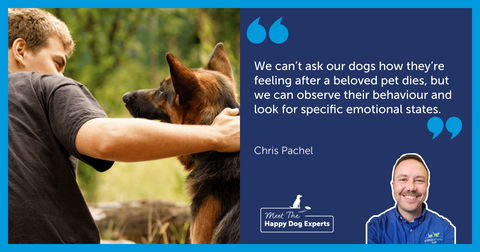
Top Tips: Puppy Lead Training
Teaching Your Puppy to Walk Nicely on a Lead: A Beginner’s Guide
Training your puppy to walk calmly on a lead is an essential skill that sets the foundation for stress-free walks in the future. It's also a great way to build trust and a bond with your furry friend. Here’s a step-by-step guide to help you get started, along with tips to make the process enjoyable for both you and your pup!
Step 1: Get Comfortable with a Collar or Harness
Begin by introducing your puppy to wearing a collar or harness. Place it on gently and allow them some time to adjust. Puppies might find the sensation unusual at first, so be patient.
- Fit Check: Ensure the collar or harness is snug but not too tight. A good rule of thumb is to fit two fingers comfortably between the collar and your puppy’s neck.
- Regular Adjustments: Puppies grow quickly, so check the fit frequently and adjust as needed to ensure comfort and safety.
Step 2: Choosing the Right Lead
Opt for a 4-6 ft (1.5-meter) clip lead rather than a long line or a flexi lead. Why? Longer leads encourage pulling, which can lead to bad habits down the road. A shorter clip lead gives you better control and helps teach your puppy to stay close to you.
Step 3: First Steps with the Lead
Clip the lead to your puppy’s collar or harness and let them explore the sensation of being tethered. Start in a quiet, familiar area with minimal distractions, like your garden or living room.
- Encourage Movement: Use a gentle voice and lots of praise to encourage your puppy to follow you. If they hesitate or resist, don’t tug. Instead, hold the lead calmly and coax them with positive reinforcement.
- Treats Are Your Best Friend: Use small, tasty treats—think sausage, cheese, or chicken—to keep their attention and reward good behavior.
Step 4: Mastering Loose-Lead Walking
Teaching your puppy to walk without pulling is all about consistency.
- Reward a Loose Lead: The moment your puppy’s lead is slack and there’s no tension, reward them immediately with treats or praise. This helps them associate a loose lead with positive outcomes.
- Handle Pulling Calmly: If your puppy pulls and the lead goes tight, stop walking. Stand still and hold the lead firmly. Don’t yank or pull back. Wait for your puppy to come closer and create slack in the lead, then reward them again.
- Avoid Throwing Treats: Always give treats directly from your hand so your puppy stays focused on you rather than the ground.
Step 5: Keep Training Sessions Short and Fun
Puppies have short attention spans, so aim for brief but frequent training sessions. Five to ten minutes at a time is perfect. The goal is to keep your puppy engaged and excited to learn.
Bonus Tip: The Power of ADAPTIL Junior
To make training even smoother, consider using ADAPTIL Junior. This scientifically proven collar releases calming pheromones that help your puppy feel relaxed and confident during training. It’s especially helpful in reducing any stress or anxiety your puppy might feel while learning new skills.
Important: Never attach the lead directly to the ADAPTIL Junior collar. It’s designed specifically for calming purposes and not for lead training.
The Key to Success
Patience and positive reinforcement are essential in lead training. Every puppy learns at their own pace, so don’t rush the process. Celebrate small victories, and remember that consistency is the secret ingredient to success.
With time, practice, and the right tools, your puppy will be walking like a pro—and you’ll enjoy many happy adventures together! 🐾
Using ADAPTIL Junior will help your puppy learn better and faster. Remember: NEVER attach the lead to ADAPTIL Junior collar, as it has not been designed for that use.








































